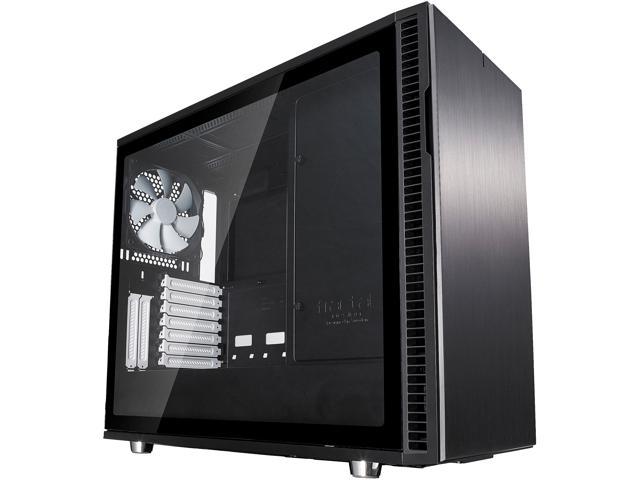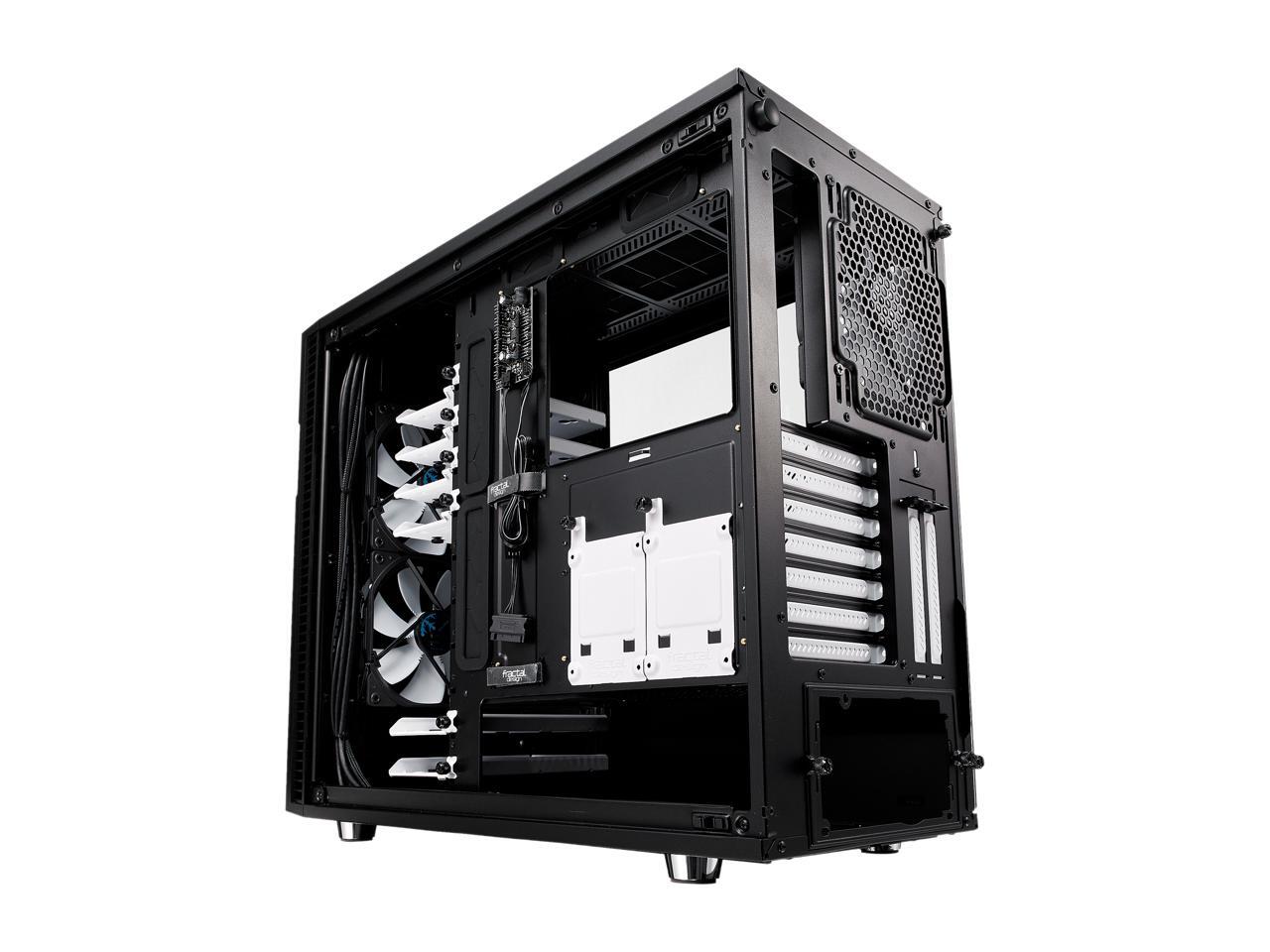

Given that the first instantiation of this interface used traditional copper wires and not an optical interface, Apple and Intel branded it Thunderbolt. Thunderbolt RecapĪt the beginning of this year Intel, alongside Apple, finally introduced a productized version of the interface we'd previously only known as Light Peak. Will Thunderbolt be another feather in its cap? In February we got the first Thunderbolt enabled MacBook Pros and just last week Promise shipped the first Thunderbolt enabled storage device. Intel has been at the forefront of many of the successful high bandwidth interfaces in the evolution of the PC industry. Enabling the former is going to require new technologies as well as new high speed interfaces. Although being more mobile is great, we still want the best of both worlds: great performance when we're at a desk, and great battery life when mobile. The idea of external GPUs brings up the current limitation we face in this mobile transition. SSDs really fixed the storage performance issue (2.5" hard drives are horrendously slow compared to their 3.5" counterparts), power gating and turbo boost helped address the CPU problem and I wouldn't be too surprised to see companies have another go at external GPU solutions for those who need the added graphics horsepower.

In the early days you could move to a notebook but you'd give up a lot of CPU, GPU and I/O performance. One by one the barriers to mobile computing have been falling.


 0 kommentar(er)
0 kommentar(er)
